Smooth and burr-free slitting edges? Tension control and blade optimization for ribbon slitter
In ribbon slitters (or other high-precision film/thin material slitting equipment), the stability of the tension control and the precise optimization of the blade system are at the heart of achieving smooth and burr-free edges. The following are the key technical solutions for the ribbon slitting machine:
1. Tension control optimization scheme
1. Staged tension control
• Unwinding Stage:
◦ Closed-loop servo tension control is adopted, and real-time feedback (accuracy ± 0.1N) through the tension sensor to avoid material tensile deformation.
◦ For elastic ribbons (such as resin-based), it is necessary to set a decreasing tension curve (high in the front and low in the back) to prevent the inner layer from relaxing.
• Slitting Stage:
◦ Add floating roller buffer mechanism to absorb instantaneous tension fluctuations (especially suitable for high-speed slitting >200m/min).
• Winding Stage:
◦ Use constant pressure rollers (pneumatic or hydraulic) to ensure consistent winding hardness and avoid "cabbage heart" deformation.
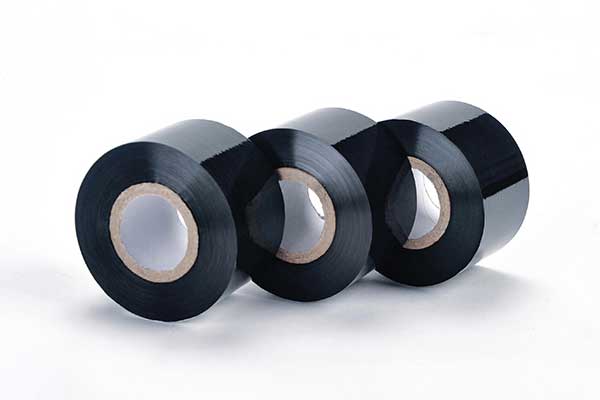
2. Adaptation of special materials
◦ Wax-based ribbon: low tension (usually 2-5N), with static eliminator to prevent material adhesion.
◦ Mixed-base ribbon: medium tension (5-15N) + temperature control (20±2°C) to prevent cracking of the resin layer.
3. Sensor selection
| Tension control method | Applicable scenarios | precision |
| Strain gauge sensors | Universal ribbon (low speed) | ±0.5N |
| Hysteresis brake + encoder | High-speed slitting (>300m/min) | ±0.2N |
| Pneumatic tension system | Ultra-thin ribbon (<6μm) | ±0.05N |
Second, the blade system optimization scheme
1. Blade type selection
| Blade type | Applicable ribbon material | Edge effects | life span |
| Tungsten carbide round knives | Resin-based/mixed-based | Mirror trimming | 800-1200km |
| Ceramic knives | High-fiber ribbons | No burrs, but easy to chip | 300-500km |
| Diamond-coated knives | Ribbons with silicon/metal coating | Nanoscale smoothness | 2000km+ |
2. Key parameter setting
• Blade Angle:
◦ Rake Angle: 15°-20° (resin-based), 10°-12° (wax-based)
◦ Clearance Angle: 5°-8° (General)
• Amount of overlap:
◦ The overlap of the upper and lower blades is controlled at 0.01-0.03mm (microscope calibration required).
• Cutting line speed:
◦ Resin-based ribbon: 1.5-2.5m/s
◦ Wax-based ribbon: 0.8-1.2m/s (low-speed anti-melt edge)
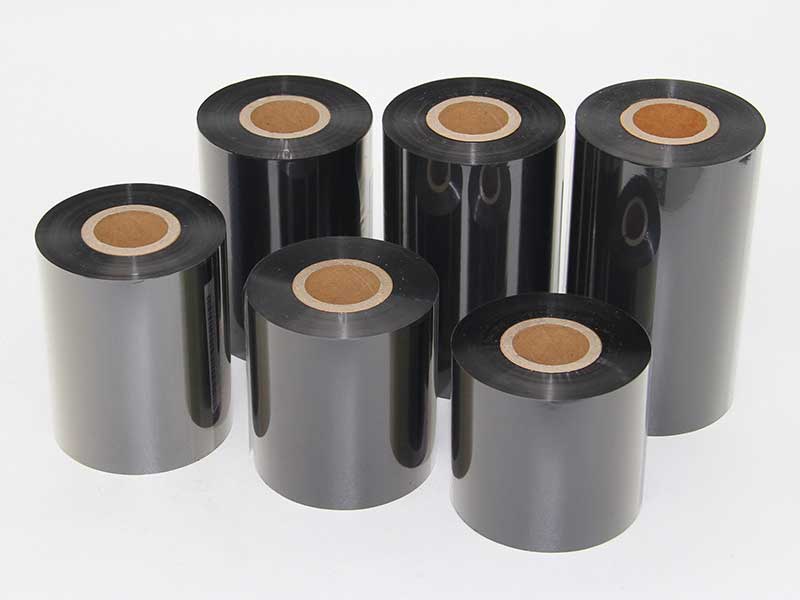
3. Anti-burr assist design
• Ultrasonic vibrating knife: high-frequency micro-vibration (20-40kHz) reduces cutting resistance, suitable for highly viscous ribbons.
• Cold air injection system: Blowing -10°C cold air at the knife edge to prevent the resin material from being hot-melted and drawn.
• In-line polishing wheel: add nylon brush wheel polishing edge after slitting (additional cost of about ¥50,000/set).
3. System integration plan
1. Dynamic compensation system
• Real-time web correction: CCD visual inspection edge + piezoelectric actuator (response time<1ms) to ensure that the knife edge is always aligned with the slitting line.
• Temperature compensation: Ambient temperature and humidity sensor is linked to the blade cooling system (± 1°C control).
2. Intelligent monitoring
• The slitting width is detected online by the laser caliper, and the tool distance is automatically adjusted (accuracy ± 2μm).
• Acoustic emission sensor monitors blade wear and provides early warning of tool changes (30% reduction in scrap rate).
Fourth, the verification and debugging process
1. Optimization of trial cutting parameters:
◦ Gradually increase the speed from low speed (50m/min) to observe the critical point of burr generation.
◦ Tension gradient test: ± 0.5N each time to find the optimal tension window.
2. Edge Quality Inspection:
◦ Microscopy (200x): Observe fiber fracture morphology.
◦ Friction test: Rub the slitting edge with a standard ribbon (e.g., 3M 810) to detect detached particles.
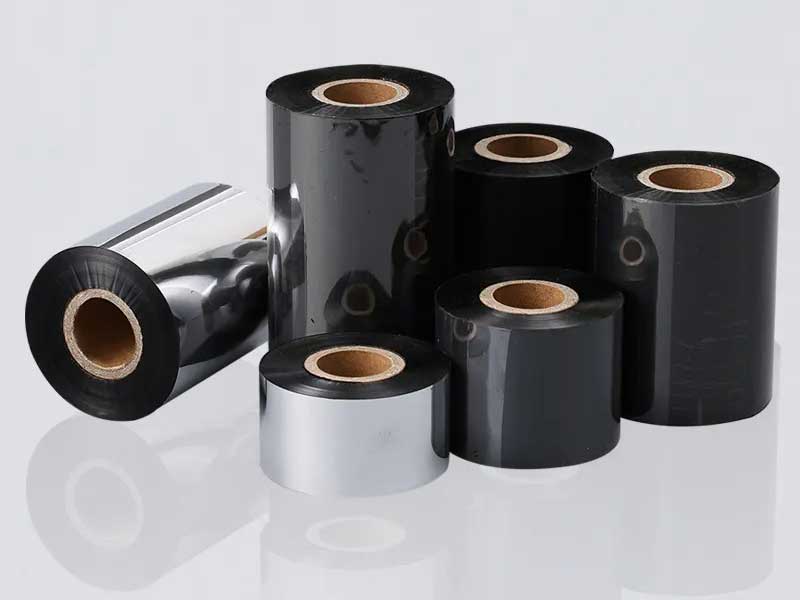
5. Solve common problems
• Problem 1: Unilateral glitches
Reason: The parallelism deviation of the upper and lower blades >0.005mm.
Scenario: Calibrate the knife holder using a laser interferometer.
• Problem 2: Periodic scratches
Cause: Chipping of the blade edge (scratched once per turn).
Solution: Switch to a single crystal diamond blade.
• Problem 3: Overloading of the winding edge
Reason: Inconsistent ribbon shrinkage after slitting.
Solution: Increase the infrared heating setting after slitting (temperature 80-100°C).
Through precision tension control + customized blade system + real-time compensation technology, the "scalpel-level" accuracy of ribbon slitting can be realized. It is recommended to give priority to material property testing (e.g., DSC analysis of melting temperature) and then match the corresponding parameters, which can reduce the cost of trial and error by more than 30%.
Recent Post
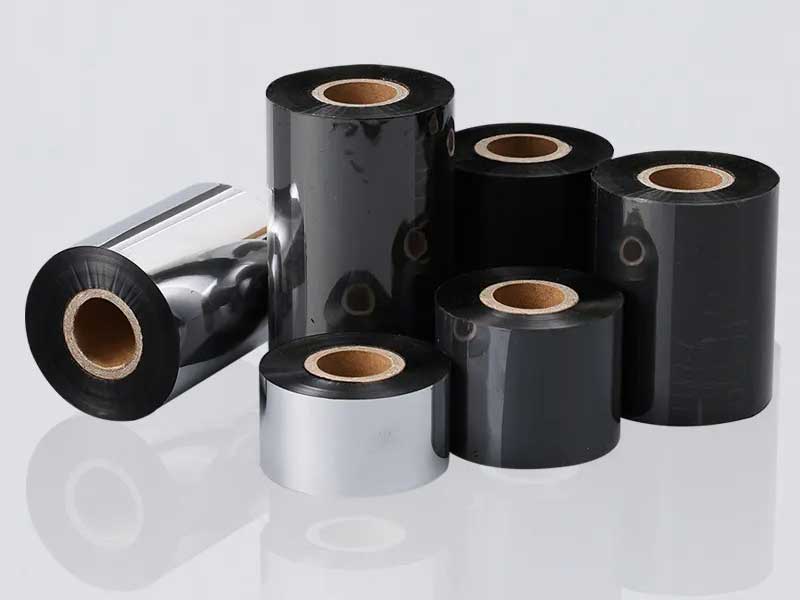 Medical, logistics, retail – multi-scenario application cases of ribbon slitting machines
Medical, logistics, retail – multi-scenario application cases of ribbon slitting machines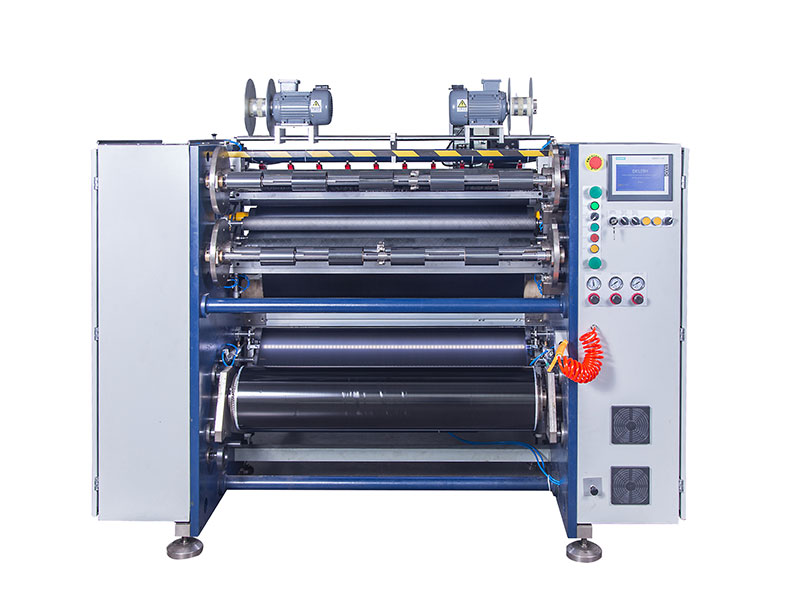 Ribbon slitting machine operation specification: 5 key points to avoid human error
Ribbon slitting machine operation specification: 5 key points to avoid human error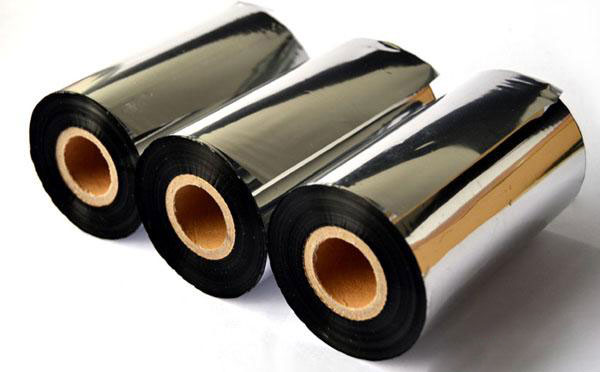 Zero Waste Slitting Technology: The Green Revolution of Ribbon Slitters
Zero Waste Slitting Technology: The Green Revolution of Ribbon Slitters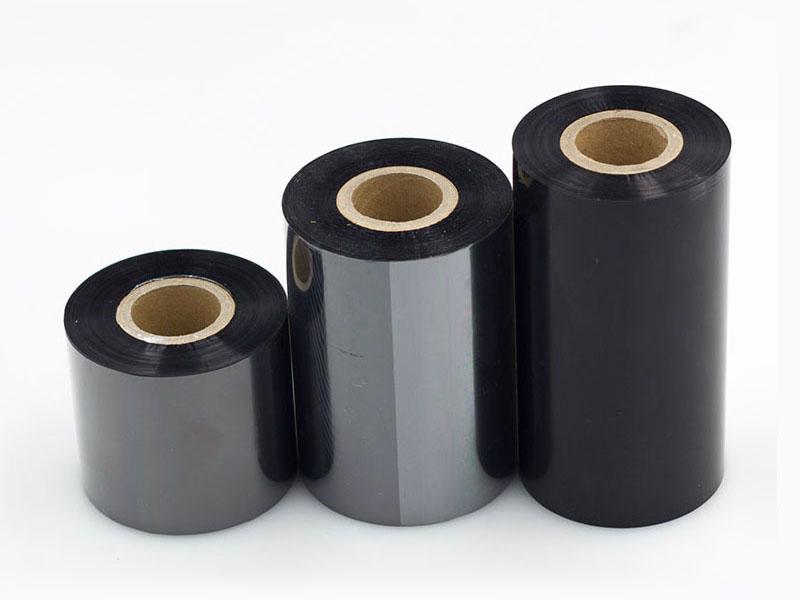 Innovative application of ribbon slitting machine in the production of new energy battery labels
Innovative application of ribbon slitting machine in the production of new energy battery labels
Related Product
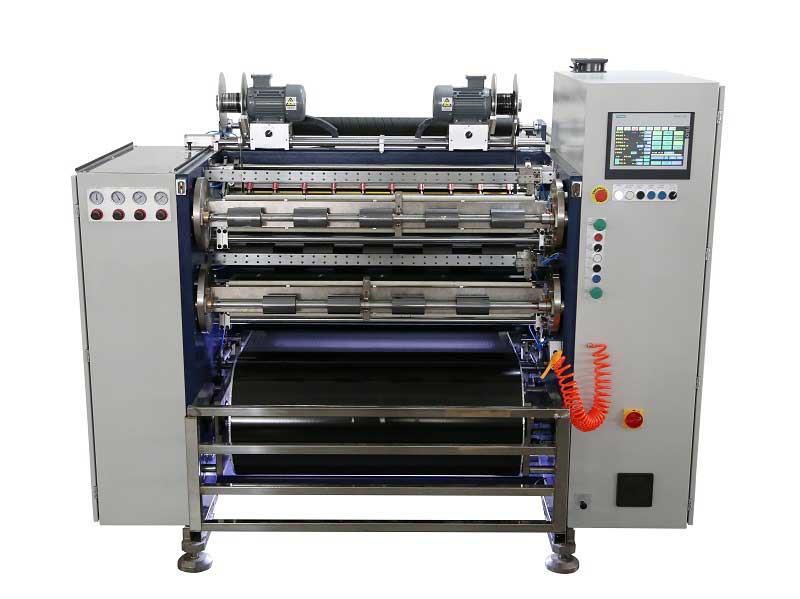 Automatic Thermal Transfer Ribbon Slitting Machine RSDS8 H PLUS
Automatic Thermal Transfer Ribbon Slitting Machine RSDS8 H PLUS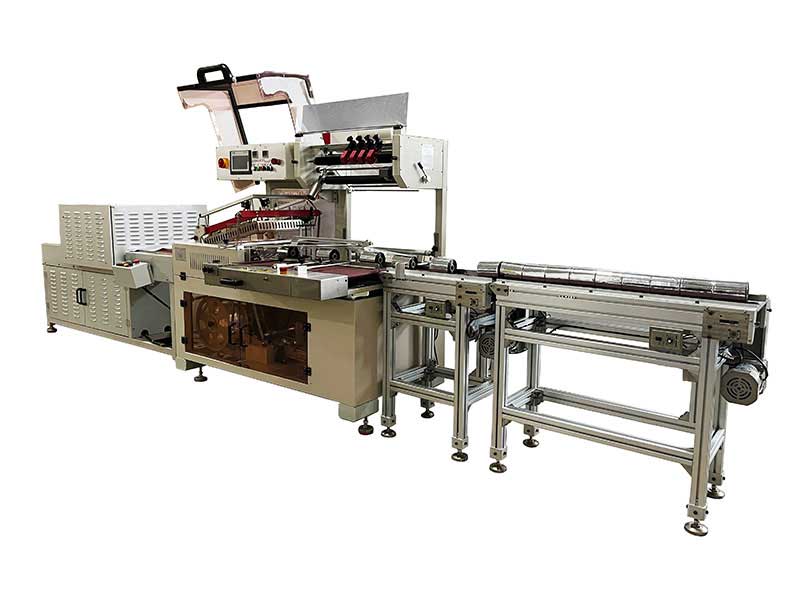 Thermal Transfer Ribbons Packaging Machine
Thermal Transfer Ribbons Packaging Machine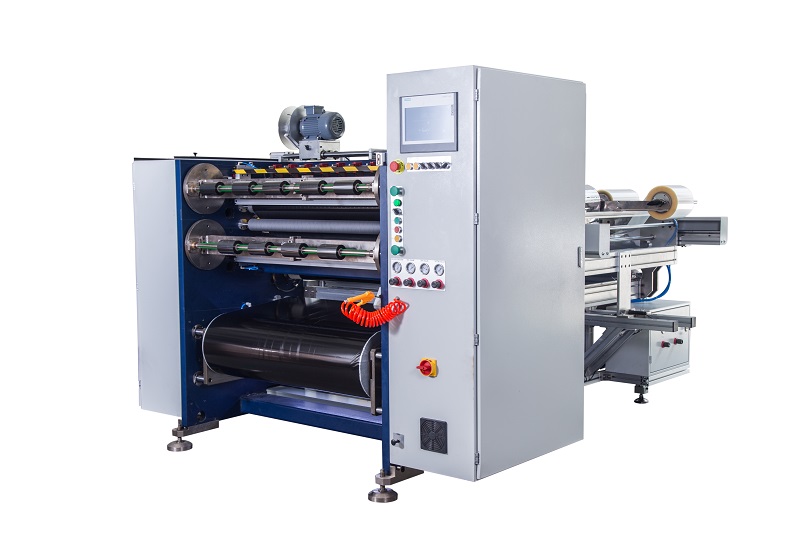 Semi Automatic Thermal Transfer Ribbon Slitting Machine RSDS5 PLUS
Semi Automatic Thermal Transfer Ribbon Slitting Machine RSDS5 PLUS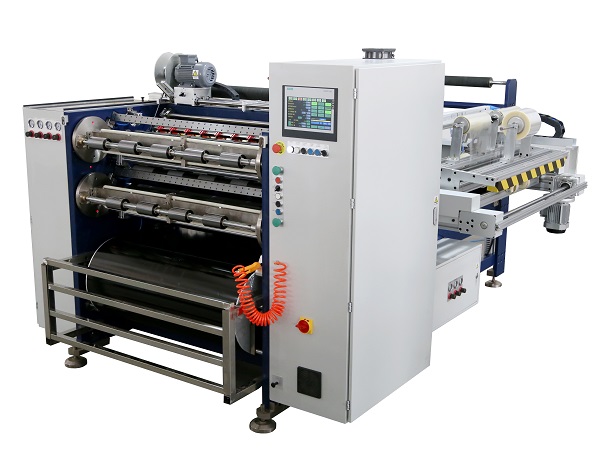 Automatic Thermal Transfer Ribbon Slitting Machine RSDS8 PLUS
Automatic Thermal Transfer Ribbon Slitting Machine RSDS8 PLUS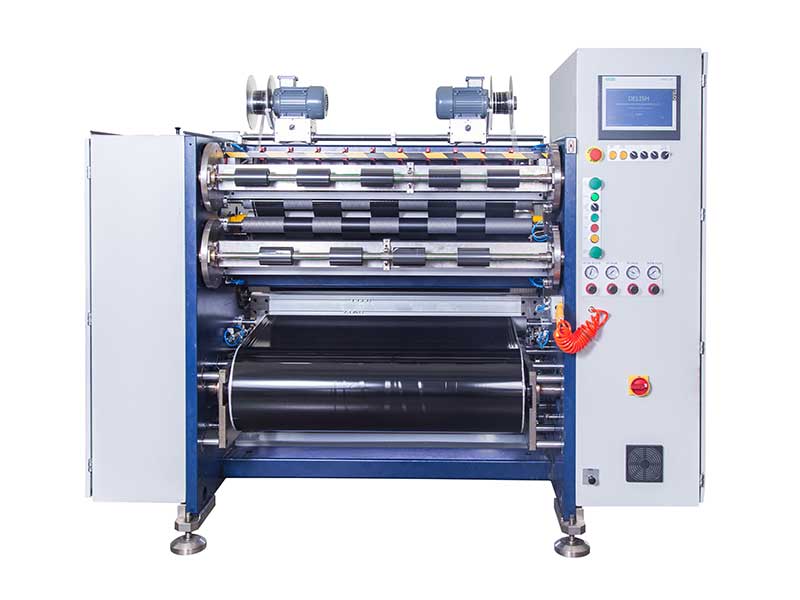 TTR Slitting Machine
TTR Slitting Machine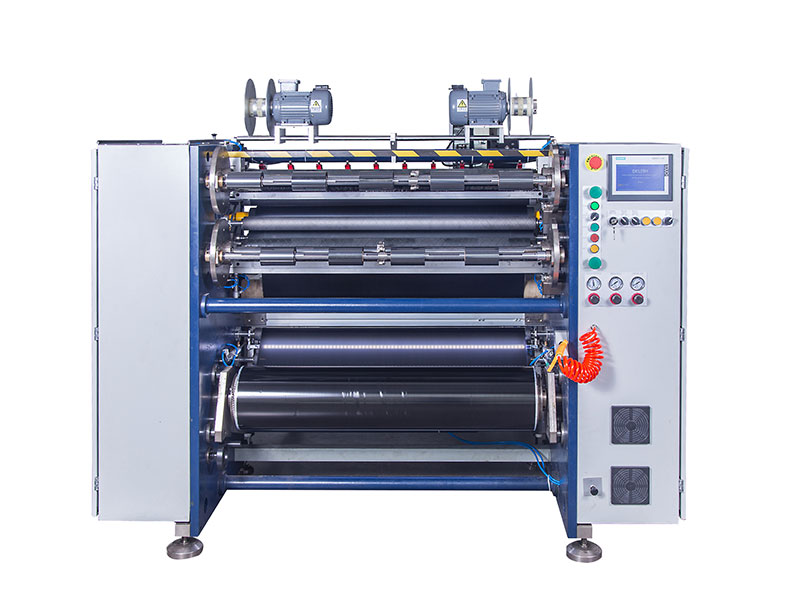 Ribbon Slitting Machine
Ribbon Slitting Machine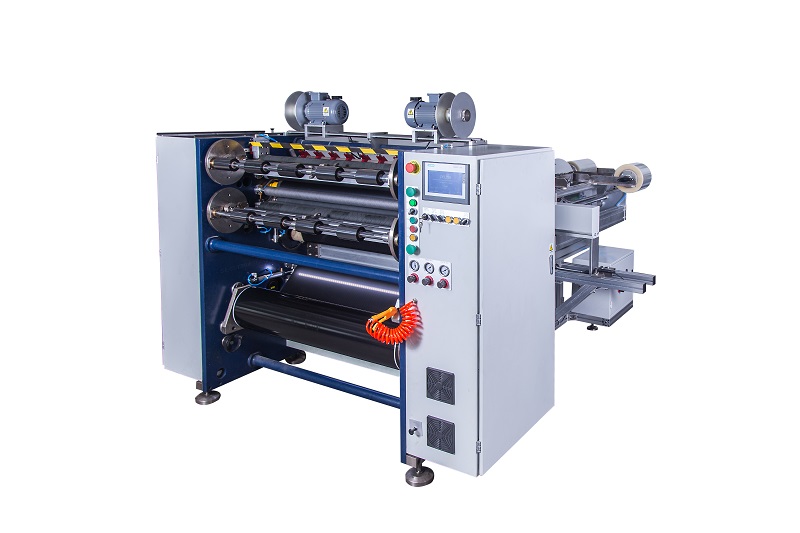 Semi Automatic Thermal Transfer Ribbon Slitting Machine RSDS1 PLUS
Semi Automatic Thermal Transfer Ribbon Slitting Machine RSDS1 PLUS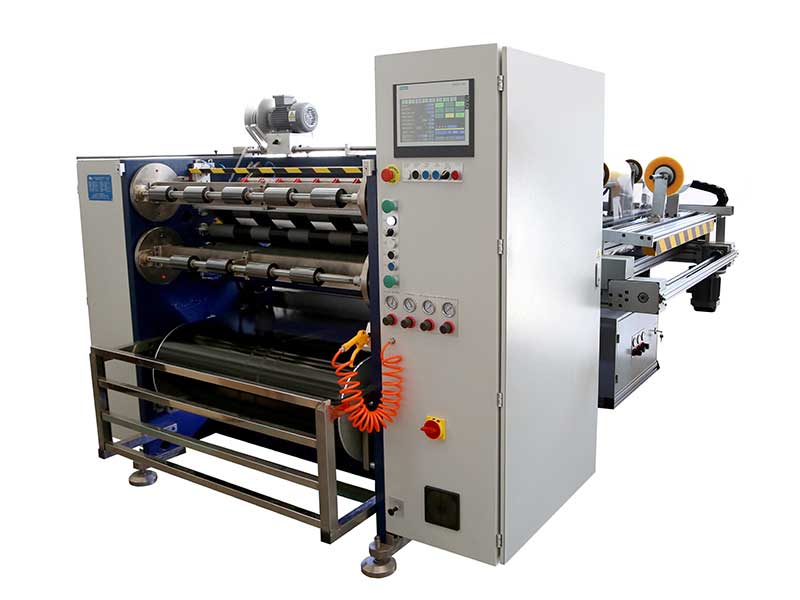 Automatic Thermal Transfer Ribbon Slitting Machine RSDS6 PLUS
Automatic Thermal Transfer Ribbon Slitting Machine RSDS6 PLUS


